Most early landscape photographers were merely documenting gardens and places, often for artists to use in other art media, such as paintings and drawings. Some of these photographers, such as André Giroux, were themselves artists, who used their own landscape photographs for just this purpose.
But whether or not the primary motivation of these pioneering photographers was to document, the results themselves were often spectacular and moving. Often made in large formats to match the scope of what they encompassed, these images depicted landscapes with such detail and realism that mere artistic hand renderings could often not compete with them. Over time they found a broader audience, which replaced their fine oils over the mantel with mammoth-plate albumen prints, as did Carleton Watkins and William H. Jackson.
Such early landscape photographers naturally followed many of the classic painting techniques and approaches to composition, including a formal frame, including an object or person for scale, etc. But likewise photography influenced artist renderings of landscapes, as the concepts of the edges of the frame and the realistic interpretation of such scenes were repeatedly challenged. If painting established many of landscape photography's strictures, so photography freed painters to reinterpret their realities. The exchange and influence between the two media in the mid to late 19th-century had an extraordinary impact on art, although the camera obscura's use by artists also had earlier begun this transformation.
By the early 20th century photographers, such as pictorialist master Leonard Misonne, often felt they had to emulate the "impressionism" of the art world, that had created this approach exactly because of photography's better version of 'reality'.
In reaction, mid-20th-century photographers became obsessed with sharpness and depth of field. The F-64 movement was the driving force behind the view to capture images that were pure and unmanipulated.
Contemporary photographers often--if not usually--break all those rules, but in a way that still attracts and draws in the viewer. It is not unusual now for the main subject to be dead-centered, which was anathema to early photographers and artists. And contemporary photographers capture color as well as the view. But the colors can be dramatic and highly saturated. Subject matter for this contemporary art is not the "Kodak moment" that early landscapes brought to mind.
For instance, as Matt Damsker notes, "The photographs of Marcus Doyle transform the familiar spaces and landscapes of the modern world into twilight zones--nearly surreal, almost alien, yet always recognizable for what they are. Through Doyle's lens, a basketball court, a tennis court, a gas station, a parking lot or a motel swimming pool confront us in the preternaturally calm, deserted hours of the night, illuminated only by their ambient light, devoid of people yet clearly marked by man's urbanizing touch."
Other photographers, such as Charlie Schreiner, utilized the early processes (in his case the daguerreotype), but capture their landscapes from a decidedly modern point of view.
Exhibited and Sold By
Contemporary Works / Vintage Works, Ltd.
258 Inverness Circle
Chalfont, Pennsylvania 18914 USA
Contact Alex Novak and Marthe Smith
Email info@vintageworks.net
Phone +1-215-518-6962
Call for an Appointment


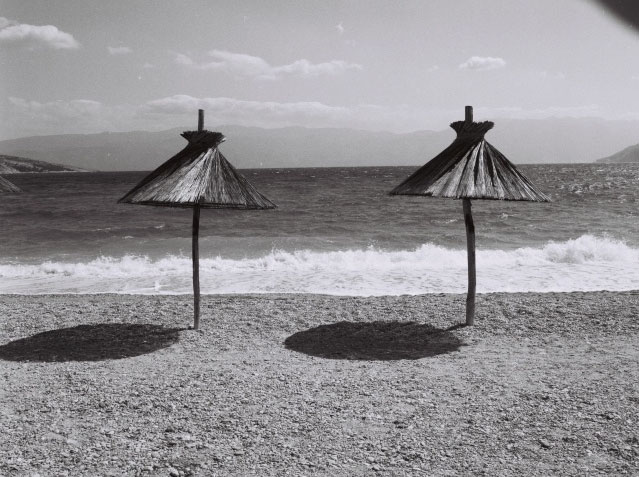



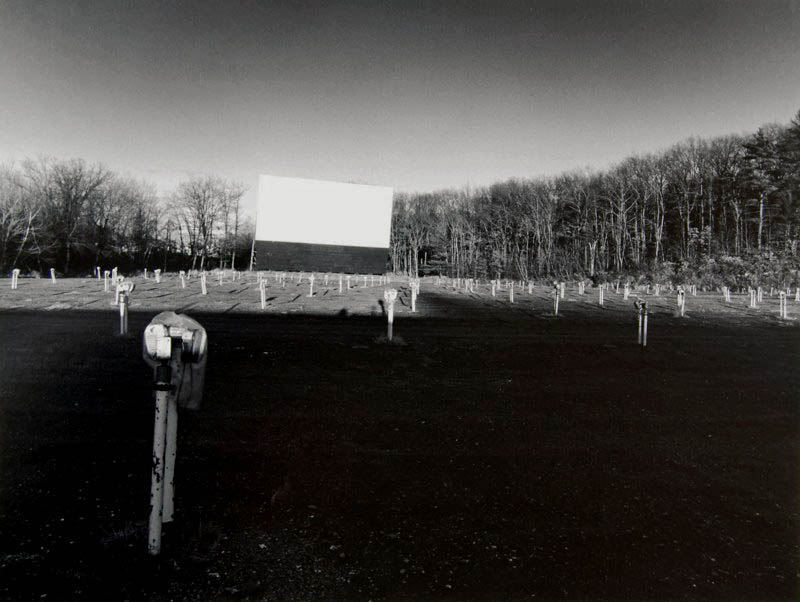

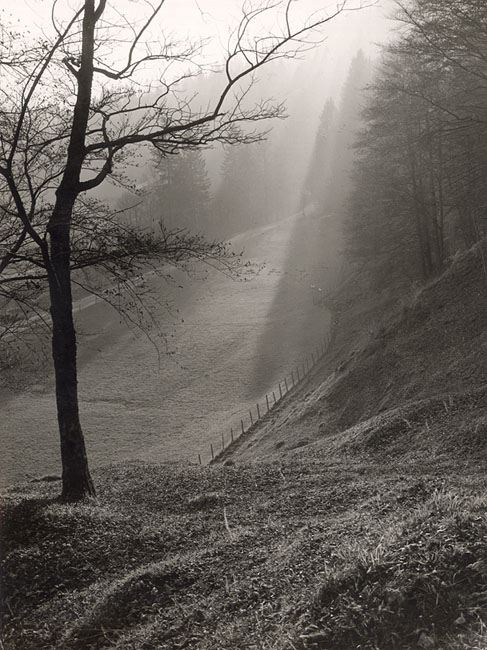
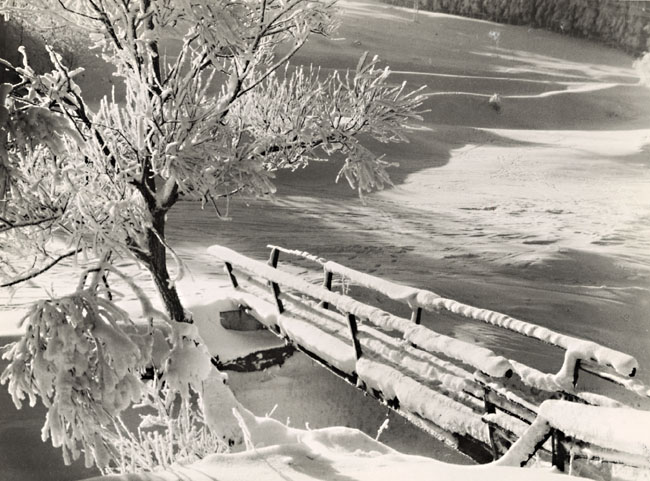



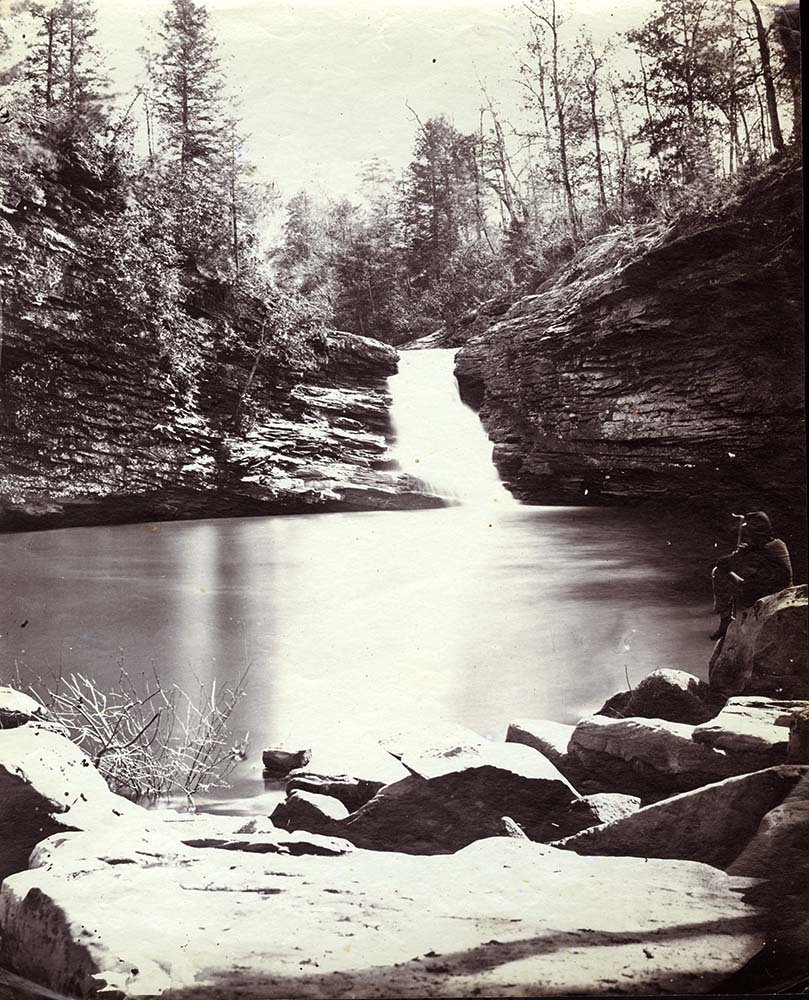
Share This